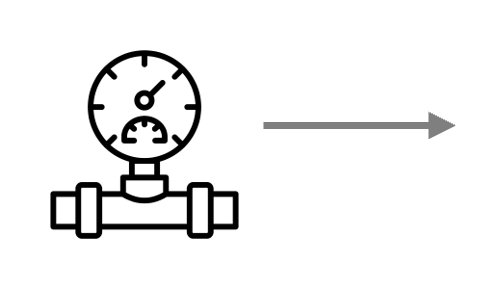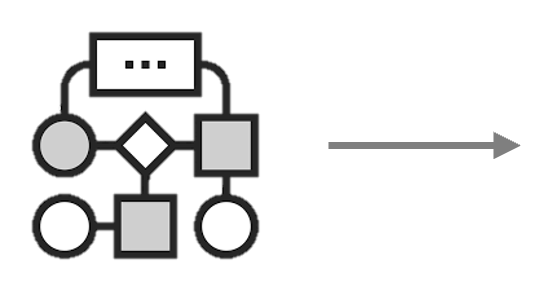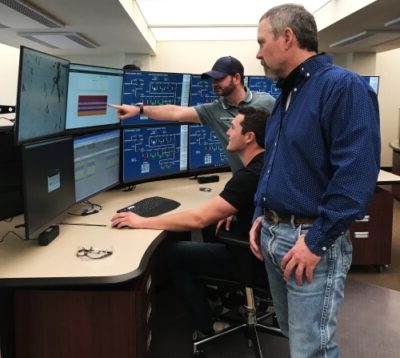

What data is used?
We use real time data from your pipeline – likely the same data you are bringing into your SCADA system. Many of our solutions require only flow rates, but some solutions (such as leak location) will require pressure.

What methods are used?
The Flowstate LDS offers multiple leak detection methods including statistical volume balance, shut-in (No Flow) and rupture recognition.
We will work with you to determine what is suitable for your line – and we won’t make you buy separate modules to have them.
How does this look?
There are several options to receive & view alarms. The LDS application is built to facilitate alarm diagnosis & alarm management. If you’d rather bring leak detection alarms into a central alarm management system, we can send them to SCADA. Any user can also choose to receive text and email alerts.

What is included?
The application includes tools to support alarm diagnosis including data trends and detailed alarm information. Supporting tools are also available to provide a deeper dive into operational data.

A statistical test is used to evaluate pipeline data and determine if conditions look like a leak or not.

Monitors an aggregated imbalance over multiple intervals to look for small changes that may be a leak.

Looks for a pressure drop when a line is shut in and not flowing.

Builds on SVB but escalates under conditions that may indicate rupture.

Uses relative pressure response to estimate the location of a leak.
The Flowstate LDS is loaded with tools designed to help you to not only help you be successful with leak detection, but also provide valuable insights about your operations.

Flowstate uses real-time operational data from your pipeline. We can bring that data into our system in a variety of ways and install either on the Microsoft’s Azure Cloud or on premises in your network.
We have worked with a variety of architectures and always adhere to industry requirements and best practices in data integrity and cybersecurity.
Your own kmz or geojson will be used with MS Azure Maps to display a custom map of your system including weather and fire data.
Receive alarm notifications instantly by email and SMS message. Choose which notifications or reports you want to receive.
The Flowstate LDS Platform includes PostgreSQL database storage of both raw tag data and LDS model output.
Create CSV or PDF reports of alarms or system parameters, as well as accounting of system changes, critical instrumentation, and more.
Built in alignment with API RP 1130 to support your compliance with federal guidance.
Ensure your LDS is used effectively. Choose from web-based tutorials or in-person training.
We believe you will be more successful in monitoring for leaks if usage is not constrained. We think your whole team should have access to it.
Cloud-based deployment means you can access your LDS from anywhere.
Monthly pricing removes prohibitive upfront capex and allows for gradual expansion.
Our expert staff delivers state of the art security aligning with TSA and API standards.
Supporting tools built to monitor the ongoing, post-delivery health of your system.
Reach our team by phone or by email during business hours. Access our online Knowledge Base 27/7.
(24-Hour support available for fee.)
Many software solutions are able to demonstrate validation in a handful of physical tests or actual leaks detected.
Through our partnership with Bridger Pipeline, the Flowstate LDS has been tested through over 300 fluid withdrawal tests on a variety of pipelines and operating conditions – helping to not validate our existing solution, but provide valuable insight for developing new capabilities.
Each aspect of our software is designed with the user in mind.
We have worked hand in hand with controllers and pipeline engineers to ensure that the Flowstate LDS and supporting tools and applications are intuitive and provide the information necessary to help controllers make timely decisions about potential leak situations.

Have a regulated line? Our solution has been built for leak detection Design and Operations & Maintenance guidelines in pipeline regulations found in CFR 49 Part 195 which includes API RP 1130.